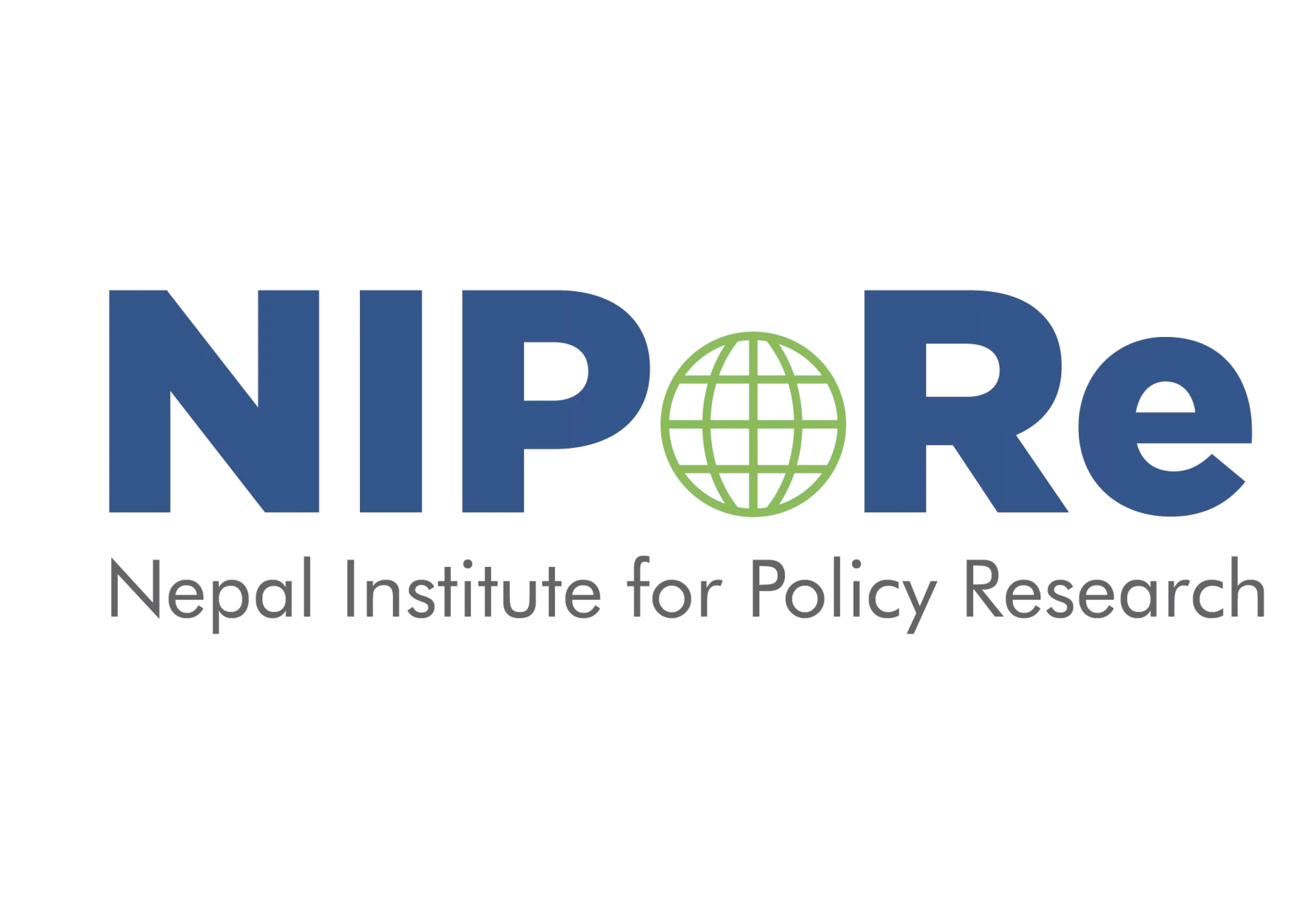THE ISSUE
It has become a commonplace phenomenon for the governments around the world to borrow money from outside to support their activities. When they borrow the external money, the governments are liable to pay back the borrowed amount as per the terms and conditions agreed with the lenders. This thus borrowed money is called as the government debt (or public debt or national debt or sovereign debt). Depending upon from whom the states borrow money, the debt can be classified as either internal debt (lenders are within the respective country) or external debt (lenders are located outside of an economy). In addition, considering repayment plans, debt is further classified into three categories namely short-term (repayment due date within one year or less time), mid-term (repayment due date vary between 1-10 years), and long-term (repayment due date remains more than 10 years). In general, the governments become liable to debt by issuing their respective government bonds and bills.
STATUS OF THE GLOBAL DEBT
As per the IMF’s 2019 estimates, in nominal terms, the global debt has exceeded US$ 184 trillion – equivalent of more than 225 percent of global GDP in year 2017. This means, global debt per capita now stands at more than US$ 86,000. Of the US$ 184 trillion global debt towards the end of 2017, about ⅔ is private debt and rest is government debt. As per the IMF’s Global Debt Database, the total global government debt has hit a record high US$ 69.3 trillion. The United States, China and Japan alone account for more than half of global debt now. IMF has also found that, since 1950, the private debt has skyrocketed and rose by more than three times. Overall, for 2017, IMF has classified 190 global economies into three categories – Advanced, emerging market and low-income developing – depending upon those economies’ debt profiles. Overall, there was a decline in public debt and marginal increase in public debt in advanced economies. Similarly, emerging market economies continued to borrow money from the public and private sectors. Finally, low-income developing countries saw a rise in public debt.
STATUS OF GOVERNMENT DEBT (South Asia, Southeast Asia and China)
Our analysis, using the recent IMF data, shows an overall a healthy status of economies in South Asia, Southeast Asia and China.
In South Asia, Afghanistan – though had a very high-risk level of government debt to GDP ratio in 2005 – has improved a lot and continues to remain the healthiest economy in terms of debt to GDP ratio in recent years. Nepal, on the other had – after having low-risk debt to GDP ratio for three subsequent years between 2015 and 2017, has entered into a moderate-risk level since 2018. The debt to GDP ratio is on the rise since then and the projected figure for 2024 also shows a substantial jump in the ratio. Similarly, Bhutan (one of the two South Asian land-locked nations) is in the very high-risk level of the debt to GDP ratio as the economy’s ratio has been above 100 percent since 2016. However, the projected figure for 2024 shows Bhutan coming down to high-risk level. While Bangladesh has been in moderate-risk level over years India and Sri Lanka, on the other hand, still remain in the lower quantile of high-risk level. Maldives and Pakistan, on the other hand, have remained in moderate-risk levels for long but these economies have entered into high-risk levels since 2018 and 2016 respectively.
Across Southeast Asia, Brunei Darussalam remains the healthiest economy in terms of debt to GDP ratio while Singapore stands in the very high-risk level. Rest of the economies in this part of the world remains in moderate-risk zone. Myanmar, once possessed very high-risk level of debt to GDP ratio in 2005, has improved a lot in terms of handling government debt and the current ratio lies below 40 percent.
In China, the Mainland China used to have low-risk level of debt to GDP ratio earlier. In 2005, the ratio was only 26.1 percent. However, after the Global Financial crisis, the ratio is on the rise. China Mainland, after remaining in the moderate-risk levels for almost one decade, has now entered into the high-risk level. Hong Kong SAR, however, possess very healthy debt to GDP ratio, which now stands at 0 percent. In the case of Taiwan, the economy continues to have a moderate-risk level of debt to GDP ratio and the projections for year 2024 indicate the economy would bounce back to a healthy ratio after 5 years.
In concluding remarks, we acknowledge that analysis of single component of these economies’ economic health does not represent complete pictures of these countries economic status. Thus, in coming days, we will be working on other key aspects of public finance issues from these countries to make our analysis more inclusive.




